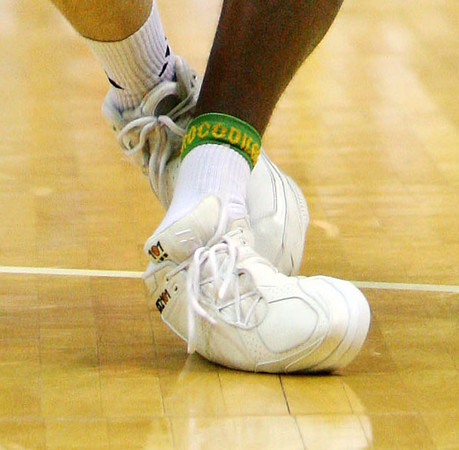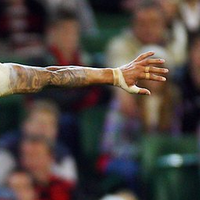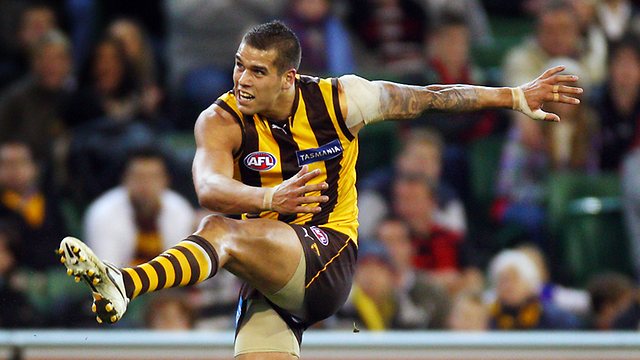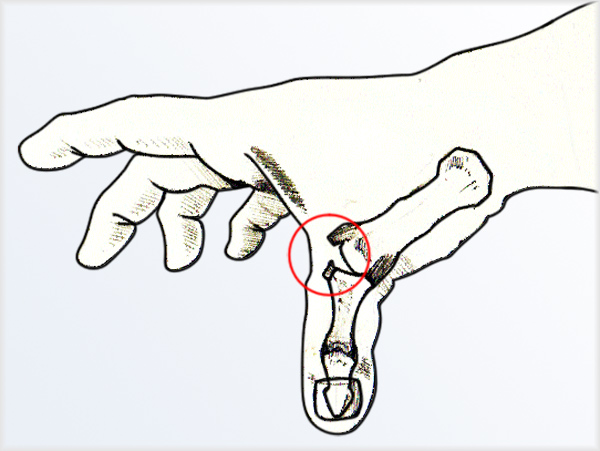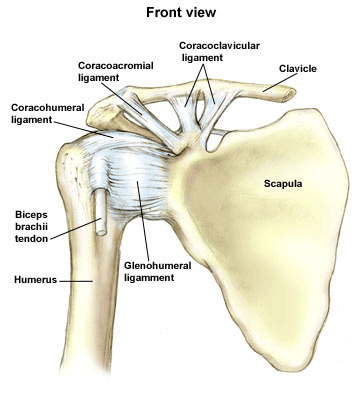In the beginning of our ‘How To Strap’ series, we looked at a simple method of “How to Strap an Ankle“. In this article I would like to expand on that, by showing you how to tape an ankle that is extremely unstable, or that needs extra support.
Most ankle injuries occur when the ankle or foot is rolled to an inverted position, where the lateral ligaments on the outside of the ankle can be sprained or damaged. This type of injury is very common in running-sports like Football, Rugby, Netball, Basketball & Soccer.
Re-Occurring Ankle Injuries & Ankle Instability
Sometimes an athlete may have a history of a re-occuring ankle sprain, where the ankle may feel weak, and they don’t trust the stability of the joint during physical activity. In this case, extra ankle support is required to give the ankle stability and the althete the confidence to compete at their best.
I would like to share with you a video that shows a great technique for providing extra support for the ankle using ankle strapping tape, courtesy of highly experienced Sports Trainer, Cam Wray. Enjoy!
Great Technique to Tape an Ankle for Extra Support
[youtube width=”480″ height=”360″]http://www.youtube.com/watch?v=2sRtN-gngn0[/youtube]
As you can see from the video, this technique is very similiar to the Cam’s basic ankle taping method, with the use of anchors and 2-3 stirrups. He also uses 3 Adidas strips on the outside of the ankle and then finishes off with 2 calcaneal sling techniques (half heal locks) alternating on opposite sides.
While learning how to tape an ankle correctly is important, so is using quality of supplies for the job.
What items do you need to Tape an Ankle?
Fortunately, you don’t need to many different supplies to tape an ankle. But to get the job done properly, you will need the following items depending on your exact purpose:
[bc_product_display id=”248″]
[bc_product_display id=”61″]
Optional items you may wish to use:
[bc_product_display id=”98″]
[bc_product_display id=”169″]
[bc_product_display id=”39″]
[bc_product_display id=”90″]
Preparation to Strap an Ankle
As previously, for optimum results when taping the ankle, it is recommended to prepare the ankle by doing the following: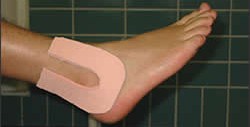
- Shave off any hair around the area on the ankle being taped.
- Cover any wounds with Non-Stick Wound pads
- Use Orthopedic foam padding to protect any tender areas at the sides, front or top of the ankle or back of the achillies.
Ankle Injury Management
As with most ligament injuries, active physiotherapy rehabilitation is the best form of treatment for chronic ankle instability. This normally includes soft tissue massage and strengthening motion exercises, which are ideal to stimulate ligament repair and strength.
Good ankle taping techniques during this period can really assist to speed up recovery, and reduce the time where an athlete is out of action.
But as always, seek advice from a professional physiotherapist for a proper diagnosis.
Did this Article Help?
This article is the 5th article in the SportStrap’s “How To Strap A …….” series, in case you missed the previous articles, you can find them here:
And if you found this article helpful, please share the love by completing the following:
- Subscribe to our Newsletter below to receive more “How To” articles as released.
- Leave a comment below, to let me know:
- Your experience with strapping an ankles,
- Or any questions you have about strapping ankles!
- Add your “Like” to our SportStrap Facebook fan page
[optin]
Have a most outstanding day,
Cade Arnel
SportStrap.com.au ©2012

